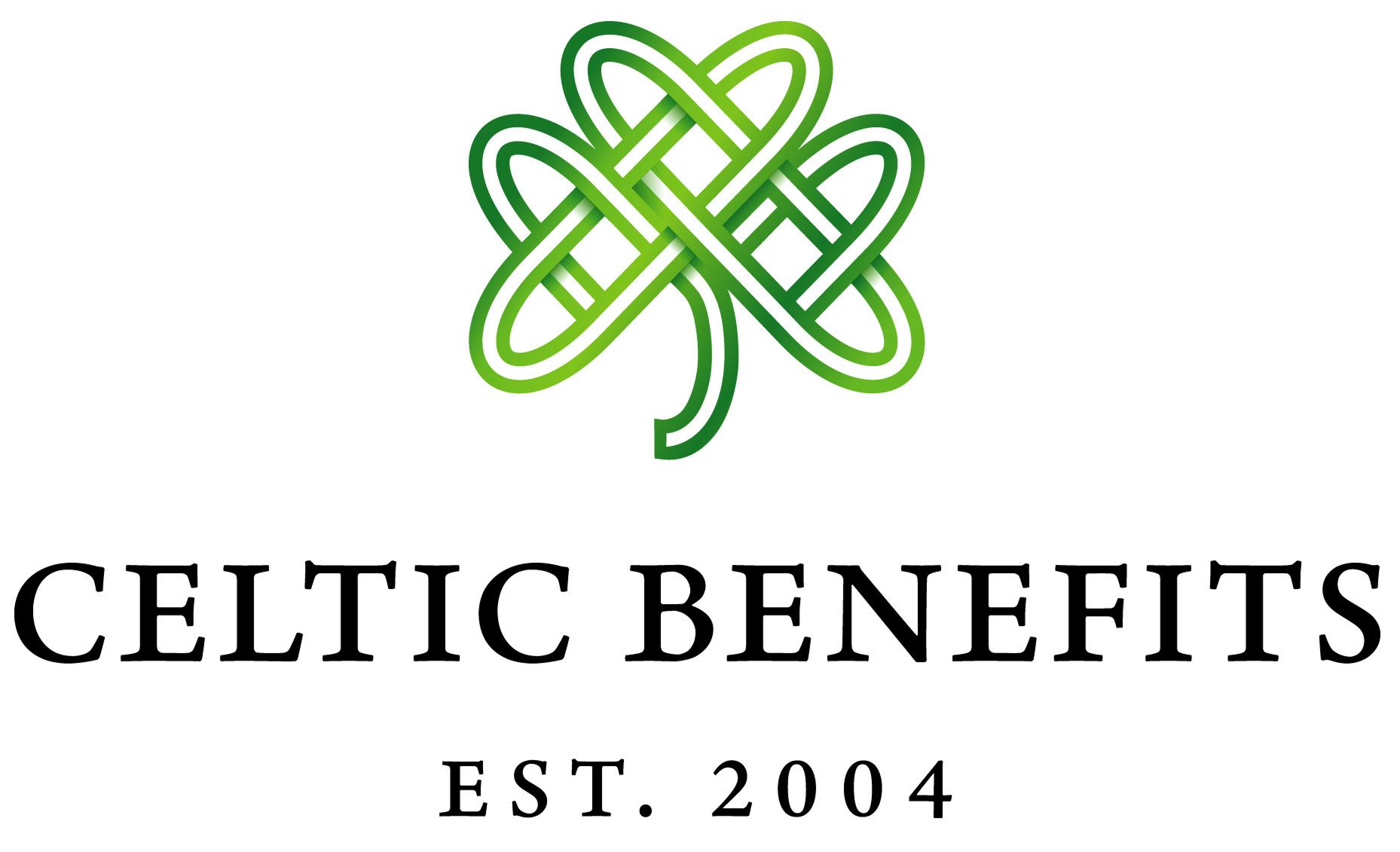Planning for retirement today is more crucial than ever, and enrolling in a 401(k) plan early is a significant step towards financial security. However, many employees mistakenly believe they can only enroll during a designated open enrollment period. Fortunately, that's not the case. There are several opportunities throughout the year where you may still be eligible to enroll or make changes to your 401(k) plans. Here's how you can take advantage of these opportunities.
Plan-Specific Enrollment Windows
Some employers offer additional enrollment opportunities outside the standard period, such as rolling enrollment or quarterly windows. This flexibility ensures that you don't have to wait an entire year to start contributing to your 401(k).
New Hire Enrollment
If you're a new employee, you're typically eligible to enroll in a 401(k) plan once you meet certain employment duration requirements. These waiting periods might range from 30, 60, to 90 days, depending on the company's policies. Check with your HR department to confirm when you can start contributing.
Qualifying Life Events
Significant changes in your life, such as marriage, divorce, the birth or adoption of a child, or a shift from part-time to full-time employment can trigger a special enrollment period. These life events are important to note as they can open up opportunities to enroll or adjust your contributions.
Automatic Enrollment Plans
Some 401(k) plans automatically enroll employees after a specified period unless they choose to opt out. This ensures participation in retirement savings without missing out due to a forgotten enrollment.
Special Employer Promotions
Employers sometimes offer limited-time promotions to boost plan participation. These might be communicated via internal channels, so staying informed about company updates is beneficial in making timely decisions regarding your 401(k) contributions.
Missing the standard enrollment period doesn’t necessarily exclude you from participating in your 401(k) plan for another year. It’s worth reaching out to your HR or benefits administrator to explore your eligibility and maximize the retirement benefits offered by your employer. Don't hesitate to check on your company's specific plan details and ensure you're taking full advantage of the retirement tools available to secure your future.

